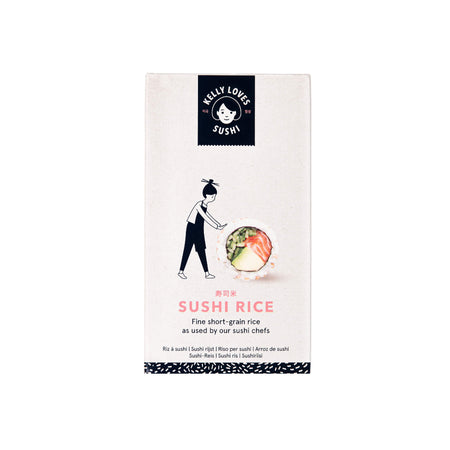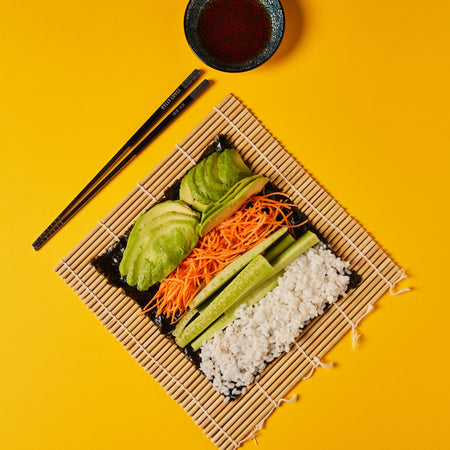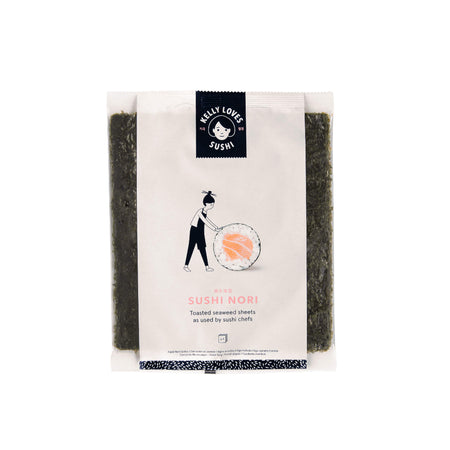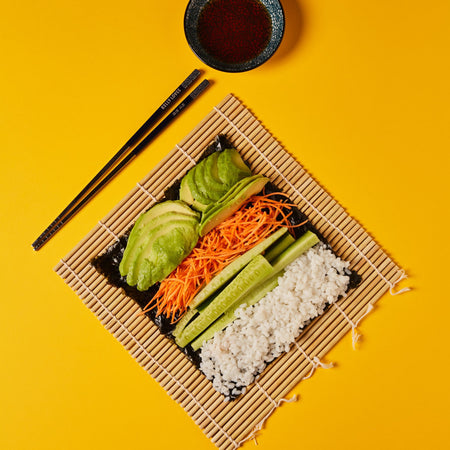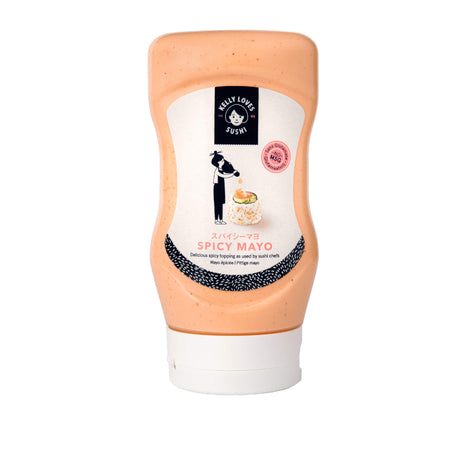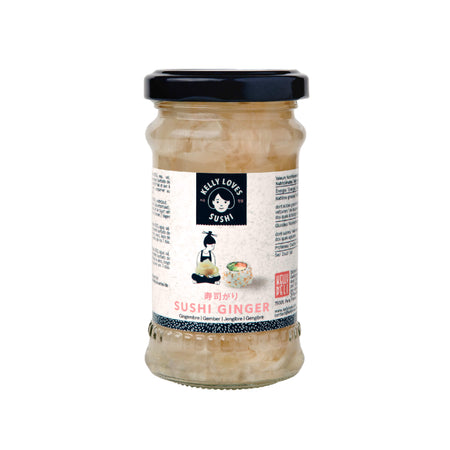Is soy sauce gluten-free?
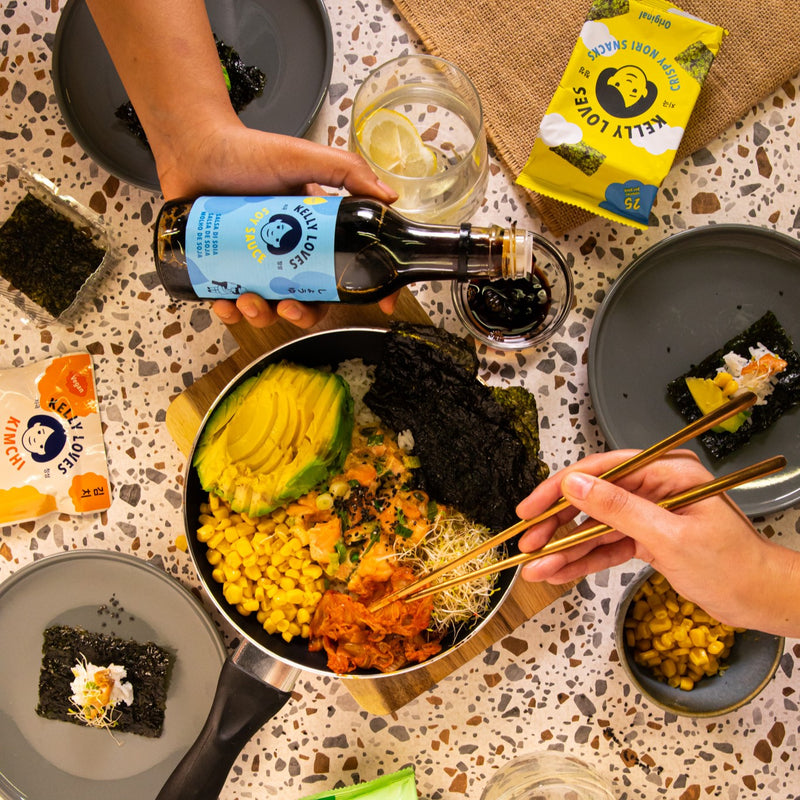
Gluten can hide in the sneakiest of places. You’ll know this if you have celiac disease or a gluten intolerance or sensitivity. Sometimes you’ll feel like you need to be Sherlock Holmes to suss out what contains gluten. Of course, bread and pasta commonly contain gluten. But gluten can also be found in packaged foods, salad dressings, spreads…even sausages! One of the hiding places is in soy sauce, which is rather disappointing if you’re craving that salty umami kick. Luckily, there are some gluten-free soy sauce alternatives so you still have plenty of choice available if you want that rich umami taste without the gluten.
Is soy sauce gluten-free?
Soy sauce isn’t gluten-free. This is because wheat is an essential part of soy sauce. This can surprise those who don’t realise that wheat is a key ingredient. Kelly Loves naturally brewed classic soy sauce is traditional and authentic, so the ingredients are simple: water, soybeans, wheat, salt and alcohol.
So what is gluten? Gluten is a protein naturally found in some grains including wheat, rye and barley. Gluten tends to give a stretchiness to foods as it binds them together. Think of stretchy pizza dough before it is baked. As gluten is known for this chewy, gluey, elastic quality, it’s even more surprising that it’s in soy sauce. What’s it doing there? How is soy sauce made? Well, authentic soy sauce is made by soaking soybeans and then roasting wheat and combining it with the soybeans, squishing it all into a paste. The roasted wheat adds a sweetness to the soy sauce and a mouth-watering aroma — and when combined with the soybeans — a deep umami flavour.
The good news is that some people who are intolerant to gluten may not experience any negative symptoms if they consume soy sauce. This is because the fermentation process used to make soy sauce breaks up the gluten fragments that can cause these symptoms. But if in doubt, avoid anything containing gluten.
How to choose a gluten-free soy sauce?
When you’re on a gluten-free diet you’ll understand how important it is to ensure that you read the ingredients list and ask the server in a restaurant. Gluten-free soy sauces are available that use rice instead of the traditional wheat, but most soy sauces use a 50:50 ratio of wheat and soy if they are authentic. The addition of wheat originated in Japan and Chinese soy sauce makers then followed this recipe. Sometimes a soy sauce is marketed as being gluten-free, but if you spot ‘wheat’ on the ingredient list, it won’t be, so just keep checking those ingredients or go for an alternative.
What are gluten-free soy sauce alternatives?
Tamari
Tamari is technically still a type of soy sauce, and is a great option if you want the rich, flavoursome taste of soy sauce, but without the wheat. There are just four ingredients: water, soybeans, salt and vinegar. You can use tamari as a replacement for traditional soy sauce in recipes: marinades, stir-fries, soups, a splash in your chilli con carne or on your noodles — and most people won’t notice the difference. And if you have to watch your salt intake, you can find reduced salt tamari which is comparable to reduced salt soy sauce.
Coconut aminos
Coconut aminos is another gluten-free soy sauce substitute. With no wheat in the ingredients, it’s naturally gluten-free, but it’s a bit sweeter, lighter in colour and thinner in consistency and much less salty. It’s also worth noting that it’s usually more expensive to buy. It’s made by fermenting the coconut blossom nectar found in coconut palms and this is then mixed with sea salt.
Liquid aminos
Another gluten-free soy sauce alternative to try is liquid aminos — a liquid protein concentrate. Liquid aminos are made from soybeans, but not fermented. This one is worth a try if you like strong flavours as it has a real smoky kick! You simply use it as you would soy sauce. Add it to anything that you want to give a deeper flavour too. Watch out for the salt content though — it contains more sodium than most types of soy sauce.
Worcestershire sauce
Worcestershire sauce (aka Worcester sauce) is flying the flag for British umami flavour! Yes, good old Worcester sauce, potentially lurking at the back of your cupboard, awaiting the next cheese on toast, has a robust umami flavour due to the fermentation process. Depending on the brand, it may or may not be gluten-free, so always read the label. In the UK, Lea & Perrins Worcestershire Sauce is the most well-known and it’s gluten-free. It also contains less salt than regular soy sauce. And you can use it in the same way you would use soy sauce, adding it to: stir-fries, noodles, rice…many swear by it as their secret ingredient for a rich bolognese sauce.
If you have to follow a gluten-free diet, it’s good to know that you don’t have to miss out on that umami flavour as you can use gluten-free soy sauce substitutes. It’s fun to try them all. And thankfully, like most Asian cuisines, there are many ways to enjoy gluten-free Korean and Japanese food too. To ensure your sushi is gluten-free, why not make it at home using Kelly Loves authentic and gluten-free sushi rice rice vinegar nori sheets and a sushi rolling mat — just remember to dip your sushi into a gluten-free soy sauce alternative